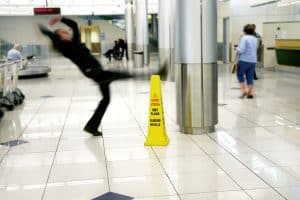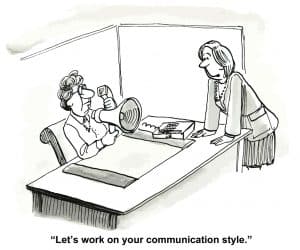Gaby Grammeno has been writing about workplace health and safety (WHS) issues for longer than I have. Her work for Workplace OHS, a subscription OHS news service, includes an “ask an expert” service and her latest is a comparison between the OHS/WHS laws involving “reckless endangerment” and “industrial manslaughter”.
The article is of interest to OHS people and reinforces some of the legal opinions on the proposed introduction of industrial manslaughter laws in Victoria. There is disparity in sentencing and financial penalties in Queensland laws compared to potential Victorian ones and one includes “serious injuries” where the other addresses deaths. But the issue of penalty sizes is a sideshow to the intended purpose of these types of laws – deterrence.
Will a penalty of A$3.8 million have a greater deterrent effect than A$3.1 million?



 Safe Work Australia’s
Safe Work Australia’s  It is important to note that “
It is important to note that “